Introduction
Shinjuku hits you hard.
Step out of the station—and you’re in it. Neon. Crowds. A wall of sound and light. It’s Tokyo on overdrive. But if you look past the surface, Shinjuku is more than a blur.
It’s a maze. A map. A feeling.
And sometimes, it’s quiet.
This article includes affiliate links that do not incur additional charges for you. I may receive a modest commission if you click on them and make a purchase.
Shinjuku: A Glimpse of Tokyo’s Soul

Shinjuku is more than just a neighborhood; it’s a microcosm of Tokyo’s essence. The heart of this sprawling district is its eponymous station, which is the busiest in the world. As you step out of the station, you’ll be greeted by a kaleidoscope of neon lights, towering skyscrapers, and the unmistakable buzz of Tokyo life.
Wandering the Streets

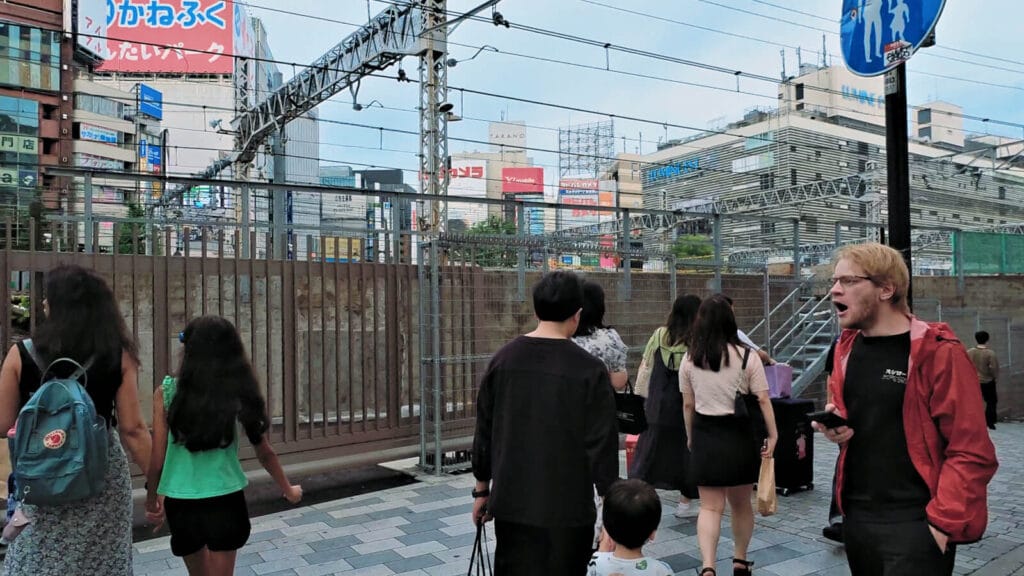
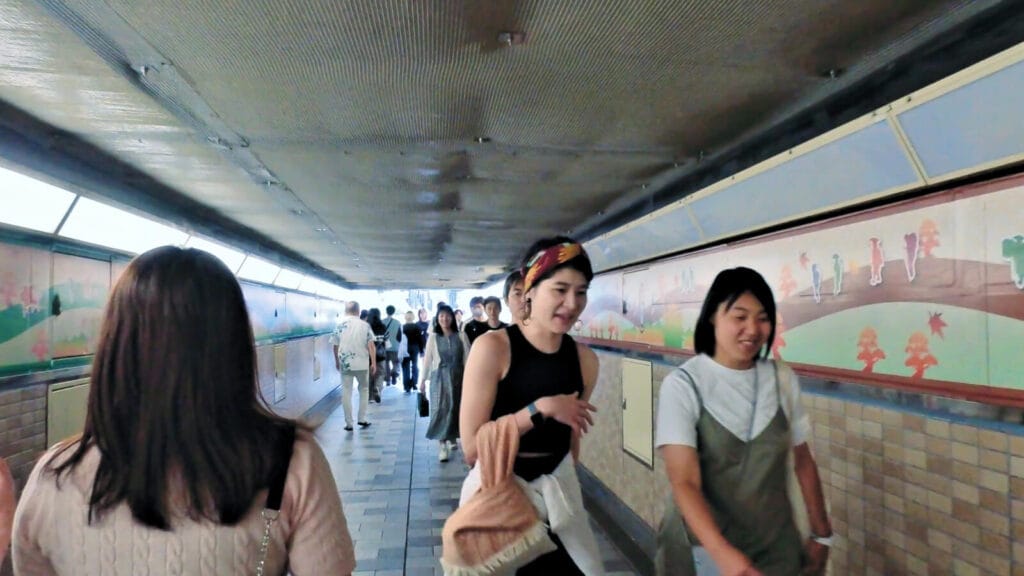

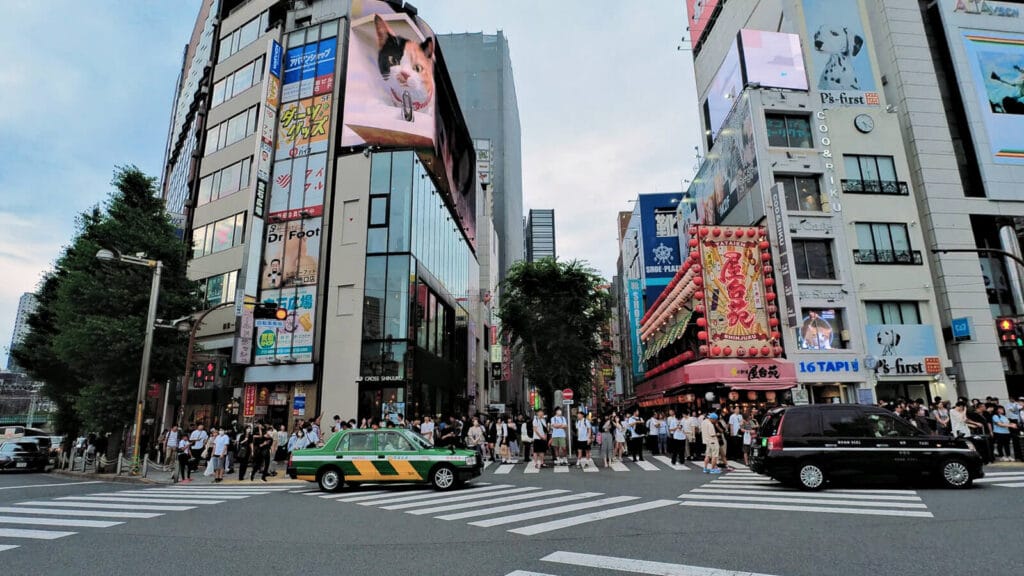
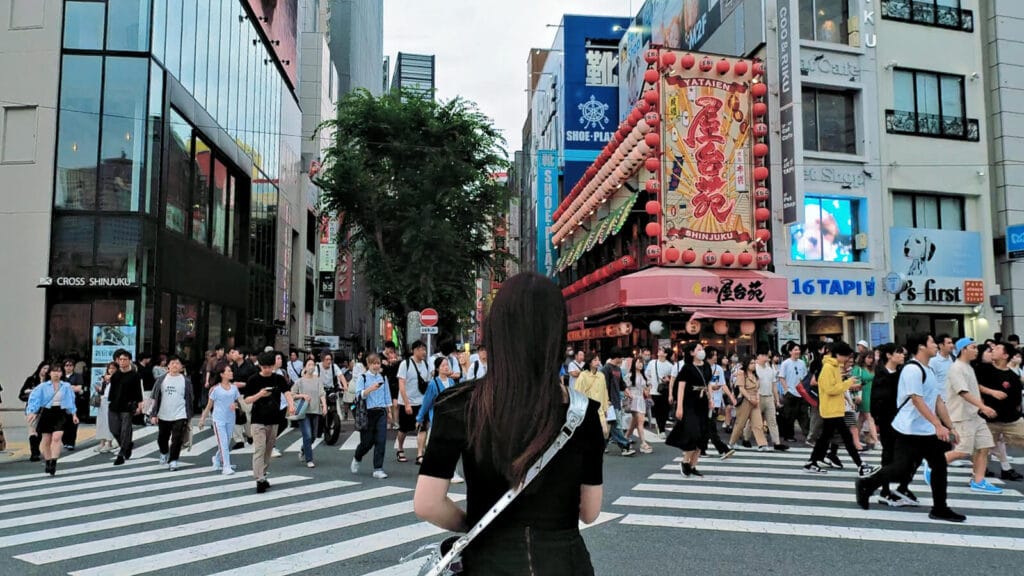
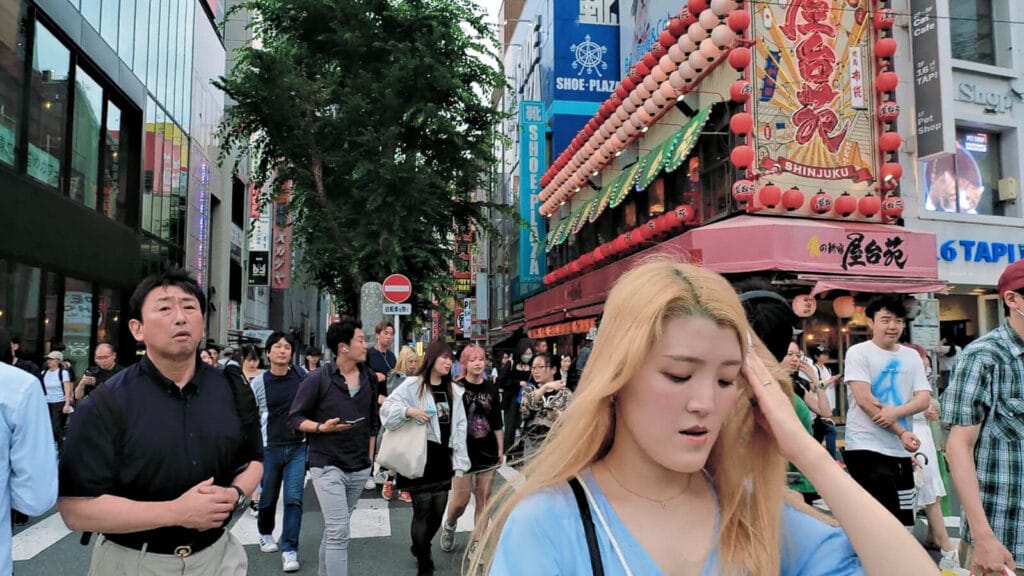
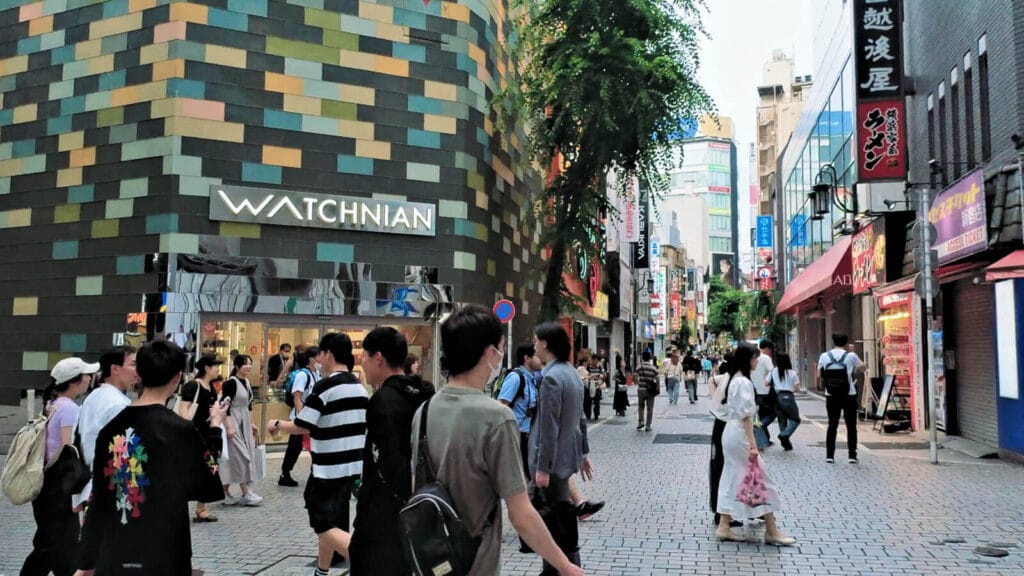
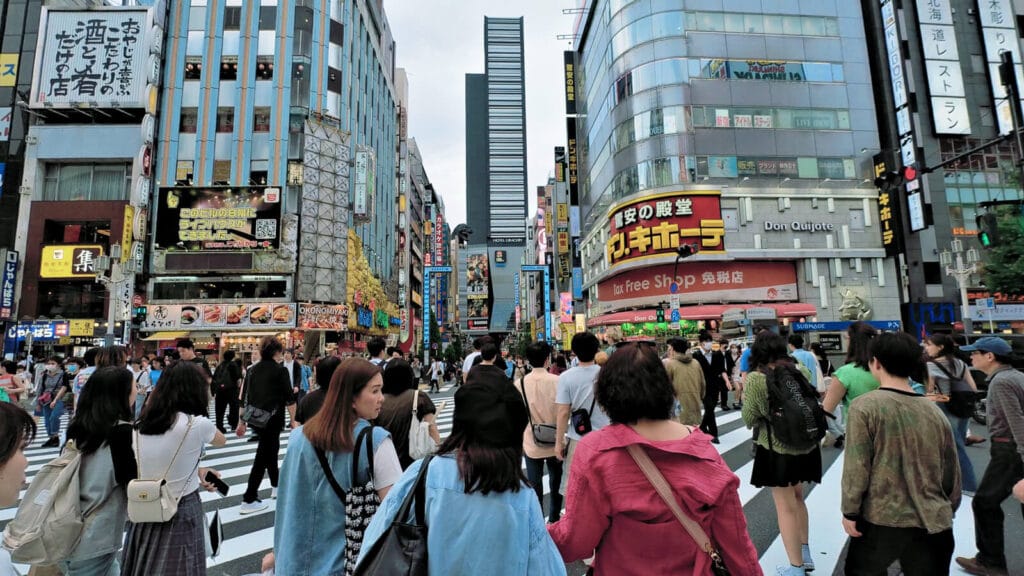
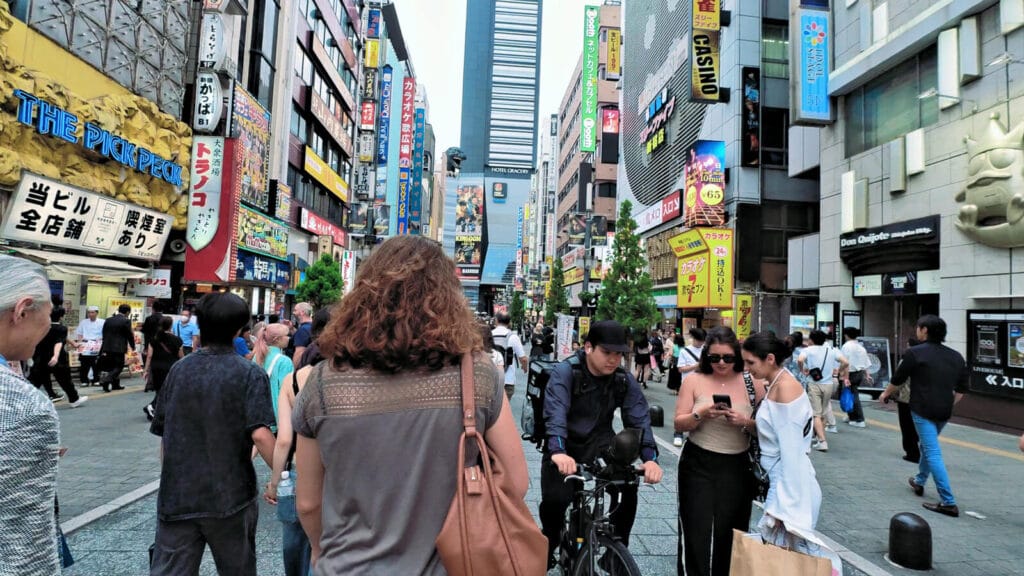

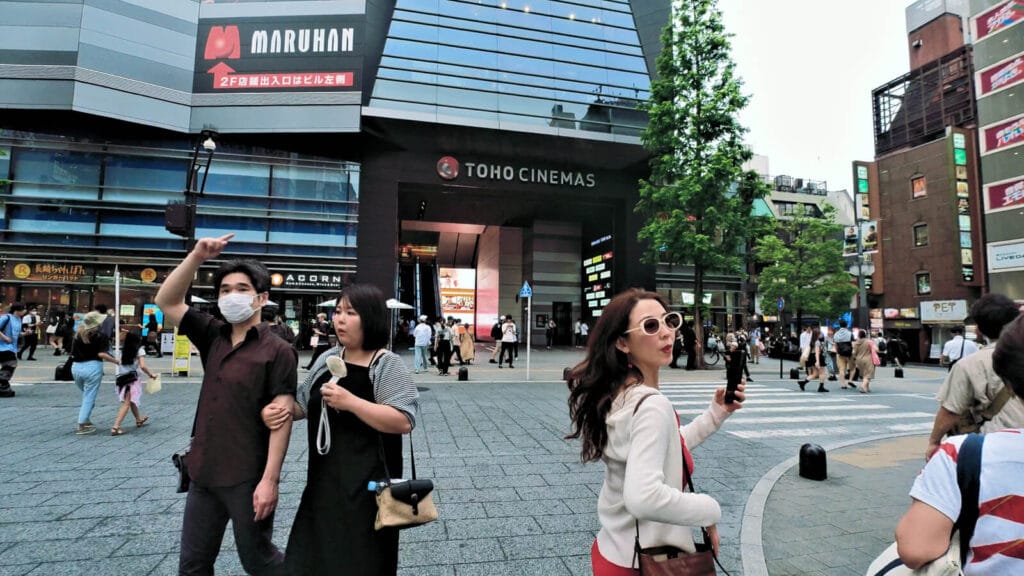

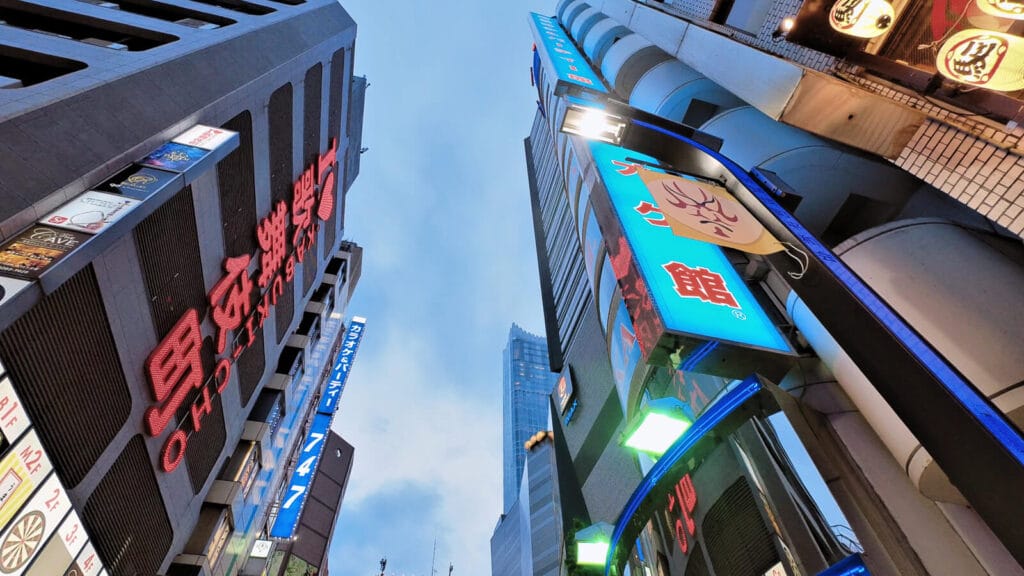
My first encounter with Shinjuku left me awestruck. I wandered through Kabukicho, Tokyo’s red-light district, with its neon signs and bustling bars. While I didn’t partake in the nightlife, it was fascinating to see this slice of urban culture. Nearby, Golden Gai beckoned with its narrow alleyways lined with over 200 tiny bars, each with its own unique character and charm. I spent a night exploring these bars, sipping sake, and engaging in conversations with both locals and fellow travelers.
Shopping Extravaganza
Shinjuku is a shopaholic’s dream. The colossal shopping complexes of Isetan, Takashimaya, and MyLord offer everything from high-end fashion to quirky Japanese gadgets. As a self-confessed gadget enthusiast, I couldn’t resist a visit to the flagship Bic Camera store, a tech wonderland. And for those looking for unique souvenirs, don’t miss out on Omoide Yokocho, a narrow alley lined with tiny shops selling traditional Japanese trinkets.
Culinary Delights
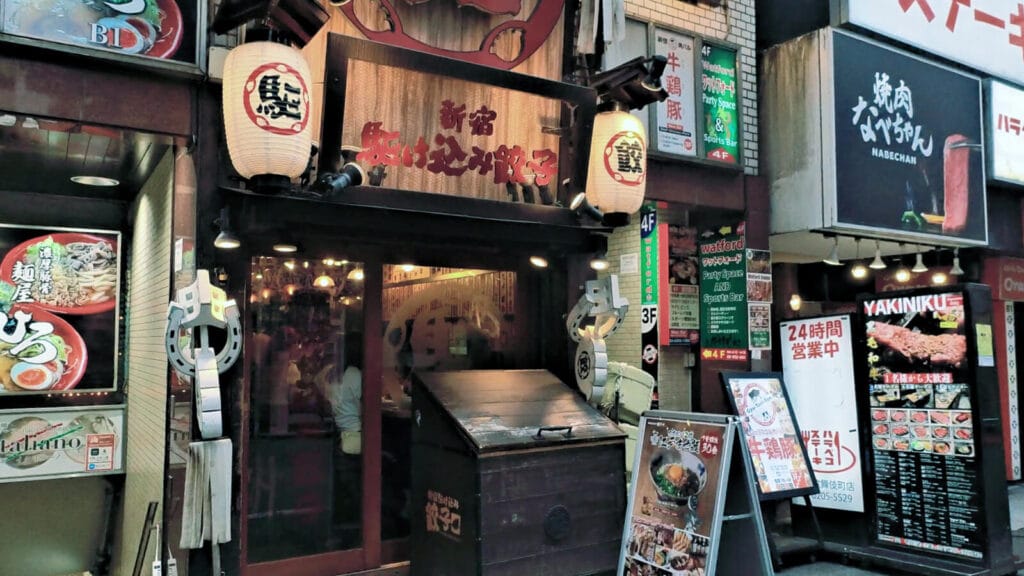
Japanese cuisine is a world in itself, and Shinjuku boasts an abundance of culinary delights. For the freshest sushi, I headed to the hidden gem of Sushi Zanmai, where I savored the melt-in-the-mouth goodness of their omakase selection. If you’re in the mood for ramen, Ichiran Ramen is a must-visit. There, you can customize your ramen down to the last detail. My personal favorite was the tsukemen, a unique way of enjoying ramen by dipping the noodles into a rich, flavorful broth.
Shinjuku’s Hidden Corners (That Locals Won’t Tell Tourists)
1. Shinjuku Chuo Park
Right behind those skyscrapers lies peace. Joggers. Office workers eating on benches. Kids chasing pigeons. And a tiny shrine—Kumano Shrine—that feels older than the towers around it.
2. Golden Gai (in the daytime)
Most people come here drunk at midnight. But wander through Golden Gai at noon? It’s eerie. Silent. Shutters down. Feels like an abandoned movie set. A rare kind of quiet.
3. Tucked-away soba shops
Avoid the flashy chains. Walk a little west. Somewhere between Nishi-Shinjuku 5-chome and nowhere. You’ll smell dashi before you see it. One-man soba shops with no English menus, but welcoming smiles.
4. Hanazono Shrine at Night
Red torii gates glowing under lantern light. And sometimes—a festival. Drums. Food stalls. Locals in yukata. A sliver of old Edo, hidden behind Kabukicho’s madness.
A Little Story: Lost, and Not Really Wanting to Be Found
My first night in Shinjuku, I got off at the wrong exit. East instead of West. No big deal, I thought. Just walk around.
Except I ended up in Kabukicho. Bright. Wild. Host boys in suits. Girls handing out flyers. I froze. Then laughed. Then kept walking.
Somehow, I found a jazz bar on the 3rd floor of a building with no sign. Just a saxophone decal on a frosted glass door. Inside, one bartender. Two regulars.
I stayed till close. Didn’t understand the music, but I felt it.
Took a long route back to my hotel.
Didn’t feel lost anymore.
Shinjuku Gyoen National Garden

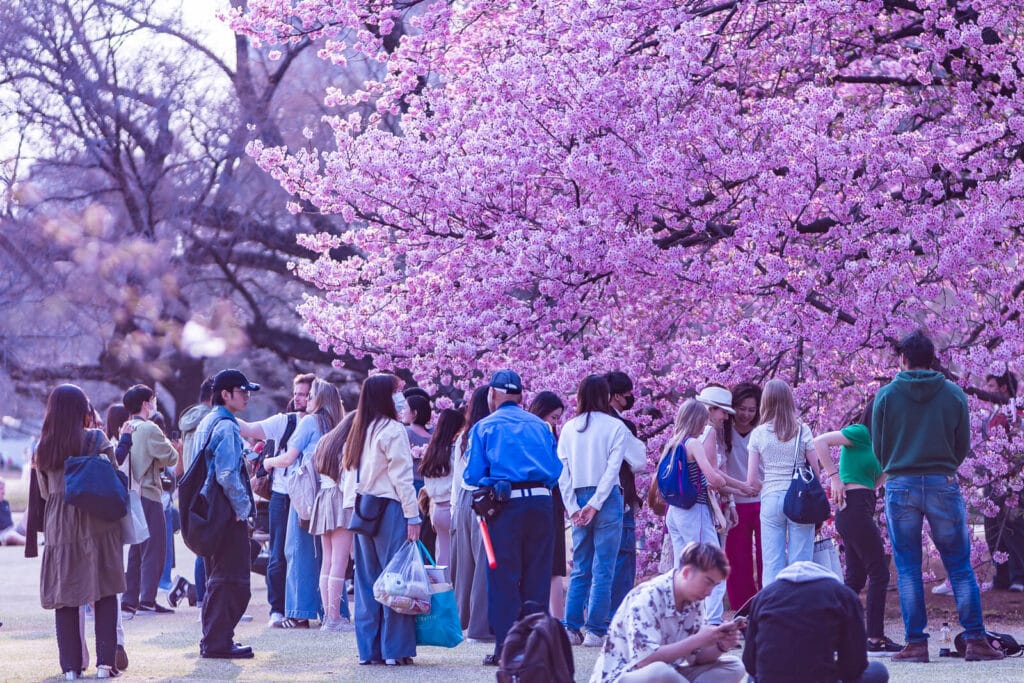
Amidst the urban chaos, Shinjuku offers a tranquil oasis in the form of Shinjuku Gyoen National Garden. I found solace in its meticulously landscaped gardens and serene ponds, especially during the cherry blossom season. I remember sitting under a sakura tree with a bento box, immersing myself in the beauty of nature and the flavors of Japan.
Shinjuku-Vs-Shibuya

Getting Around the Monster: Travel Logistics
Shinjuku Station is a beast.
One of the busiest train stations in the world. Over 3.5 million people pass through it daily. And yes—you’ll probably get lost the first time. Everyone does.
Here’s how to tame it:
- Use the right exit. Don’t just “get out.” Know where you’re going first—East Exit (Kabukicho), West Exit (Omoide Yokocho), South Exit (shopping).
- JR Pass works here. Most major lines are JR, including the Yamanote and Chuo Line.
- Subway confusion? Follow the signs closely. Tokyo Metro and Toei lines overlap, but tickets aren’t always interchangeable.
- Buy an IC card. Suica or Pasmo. You’ll thank yourself later.
Tip: If you’re meeting someone, pick NEWoMan . Not the station gates. Never the gates. Chaos.
Here’s a tabular breakdown of the transportation options to reach Shinjuku, Tokyo, from major entry points:
| Entry Point | Transportation Options | Approximate Travel Time | Notes |
|---|---|---|---|
| Narita International Airport | Narita Express (N’EX), Limousine Bus, Taxi | 60-90 minutes | The Narita Express is the most convenient and comfortable option. |
| Haneda Airport | Tokyo Monorail, Keikyu Line, Limousine Bus, Taxi | 30-40 minutes | The Tokyo Monorail is a fast and direct choice to Shinjuku. |
| Tokyo Station | JR Chuo Line, Marunouchi Line (subway), Taxi | 10-20 minutes | The JR Chuo Line offers a convenient connection. |
| Ueno Station | JR Yamanote Line, Taxi | 20-30 minutes | The JR Yamanote Line provides a direct route to Shinjuku. |
| Shibuya Station | JR Yamanote Line, Keio Inokashira Line, Taxi | 10-15 minutes | A quick JR Yamanote Line ride will take you to Shinjuku. |
Notes:
- Travel times are approximate and may vary depending on the time of day and specific train or bus services.
- Make sure to check the most up-to-date transportation schedules and routes upon your arrival.
- Shinjuku Station is well-connected to most parts of Tokyo, so it’s often convenient to travel from other areas within the city.
Final Word?
Shinjuku isn’t about checking things off a list.
It’s about getting lost. And letting Tokyo show you what’s not on the map.
So slow down.
Turn a corner.
Find your own Shinjuku.
Practical Information:
- Best Time to Visit: Spring for cherry blossoms, or any time for an unforgettable experience.
- Currency: Japanese Yen (JPY)
- Language: Japanese, but English is widely understood in tourist areas.
- Transportation: Shinjuku Station is a major transportation hub with multiple train and subway lines.
- Safety: Shinjuku is generally safe, but exercise standard precautions, as you would in any big city.
More from Airashi Japan
Navigating Tokyo Transportation efficiently
Tokyo Shibuya Crossing: The World’s Busiest Intersection
Exploring Tokyo: Unveiling Top Attractions and Hidden Gems
Tokyo Shibuya Crossing: The World’s Busiest Intersection
Kichijoji: Unveiling the Charm of Tokyo’s Hidden Gem
Yanaka: Old-World Charm and Quaint Streets
The Mystical Allure of the Torii Gate: A Gateway to Japanese Culture
Meiji Shrine: Journeying Through Tokyos Meiji Shrine
Omoide Yokocho: Tokyo’s Nostalgic Alley of Memories
Is Shinjuku safe?
The 2019 crime statistics reported by the Metropolitan Police Department of Tokyo highlight Shinjuku, Ikebukuro, and Shibuya as the top three areas with relatively higher crime rates in Tokyo. These areas include well-known districts such as Shinjuku Kabukicho, Ikebukuro’s “West Gate” Park, and Shibuya Center Street.
What is Shinjuku known for?
While Shinjuku is famous for its bustling entertainment hub, Kabukicho, the district boasts a plethora of dining options and bars that are equally worth exploring. In addition, Shinjuku offers a diverse range of cafes, from those with a serene ambiance to others with innovative and unique concepts.
What to do in Shinjuku with kids?
There are several family-friendly attractions and activities to enjoy:
Shinjuku Gyoen National Garden: This beautiful garden offers a peaceful escape from the city’s hustle and bustle, making it an ideal place for a family picnic and leisurely strolls.
Ghibli Museum: Explore the world of Studio Ghibli, a renowned animation studio. It’s a magical place for both kids and adults, featuring interactive exhibits and a charming atmosphere.
Tokyo Toy Museum: Kids can immerse themselves in a world of toys from different cultures and eras. It’s an educational and entertaining experience.
The Tokyo Fire Museum: Learn about the history of firefighting in Japan through interactive displays and activities. It’s a unique and educational experience for children.
Ichigaya Fishing Center: Kids can enjoy fishing in a peaceful environment. It’s a great opportunity for them to try their hand at fishing.
These attractions offer a mix of entertainment, culture, and outdoor experiences suitable for families with children visiting Shinjuku.
Are there any bars for foreigners in Shinjuku?
If you’re a foreigner looking for bars in Shinjuku, Tokyo, here are some recommendations:
Kurand Sake Market: This is an izakaya in Shinjuku that’s worth checking out. Izakayas are Japanese pubs with a variety of drinks and dishes. You can enjoy different types of sake here.
Albatross: Located in the Golden Gai area of Shinjuku, Albatross is known for its unique ambiance. It’s a popular spot among foreigners for its cozy atmosphere and creative cocktails.
Two Dogs Taproom: While not in Shinjuku but in Roppongi, Two Dogs Taproom is a foreigner-friendly bar with a great selection of craft beers. It’s a relaxed place to unwind.
Golden Gai: Explore the Golden Gai area, a collection of small, unique bars in the heart of Shinjuku. It’s known for its narrow alleyways and diverse bar options, making it an exciting place for bar-hopping.
Remember, when visiting clubs or bars in Japan, some places might require you to show your passport, so it’s a good idea to carry it with you.
Is Shinjuku a good place to stay?
Shinjuku is a popular area to stay in Tokyo, and whether it’s a good place for you depends on your preferences and needs. Here are some considerations:https://airashijapan.com/20-best-budget-hotels-tokyo/https://airashijapan.com/20-best-budget-hotels-tokyo/https://airashijapan.com/20-best-budget-hotels-tokyo/https://airashijapan.com/japanese-temples-senso-ji-nakamise-shopping-street/
Accessibility: Shinjuku is known for its excellent transportation connections, particularly via Shinjuku Station, making it easy to explore Tokyo and beyond.
Affordability: It’s relatively affordable compared to some other areas in Tokyo, making it a practical choice for travelers on a budget.
Diverse Accommodation Options: Shinjuku offers a wide range of hotels, from luxury to budget, giving you choices that suit your budget and style.
Shopping and Entertainment: The area around Shinjuku Station is great for shopping, dining, and entertainment, with an array of restaurants, bars, and shops. Kabukicho and Golden Gai are nearby and offer vibrant nightlife options.
Local Experience: If you’re looking for a more authentic local experience, you might consider other areas in Tokyo like Kagurazaka, which offers a different vibe and charm within Shinjuku.
In summary, Shinjuku is a good place to stay in Tokyo, especially for first-timers. It provides accessibility, affordability, and a wide range of accommodation and entertainment options. However, your specific preferences and interests may influence your decision, so consider your priorities when choosing where to stay in Tokyo.
What are the things to do in Shinjuku City?
Shinjuku City in Tokyo offers a wide range of activities and attractions for visitors to explore. Here are the top things to do in Shinjuku:
Kabukicho : Known as the entertainment and red-light district, Kabukicho is famous for its nightlife, bars, restaurants, and entertainment options. It’s a vibrant and energetic area to explore in the evening.
Robot Restaurant/Samurai Restaurant : Experience the unique and eccentric Robot Restaurant or Samurai Restaurant for an unforgettable dining and entertainment experience.
Tokyu Kabukicho Tower :This skyscraper offers fantastic views of the city from its observation deck. It’s a great spot for panoramic photos of Tokyo.
Golden Gai : A historic area filled with tiny bars, Golden Gai provides a glimpse into the past. You can explore the narrow alleyways and enjoy a drink in one of the cozy bars.
Omoide Yokocho : Also known as “Memory Lane” or “Piss Alley,” it’s a nostalgic area with small eateries serving yakitori and other local dishes.
Izakaya Hopping: Try out the traditional Japanese pub experience by hopping from one Izakaya to another and enjoying a variety of food and drinks.
inSPYre: If you’re into immersive experiences, visit inSPYre, a spy-themed attraction in Kabukicho, offering visitors a chance to play the role of a secret agent.
Explore Parks and Gardens: Shinjuku Gyoen National Garden and Shinjuku Central Park offer peaceful retreats from the bustling city.
Shopping: Visit the large department stores like Isetan and Takashimaya for shopping, and explore the shopping streets in Shinjuku.
Dine on Japanese Cuisine: Shinjuku is known for its diverse culinary scene. Try traditional Japanese dishes at local restaurants and street food in the area.
These are just a few of the many attractions and activities you can enjoy in Shinjuku City. It’s a diverse and exciting district that caters to a wide range of interests.
Is the red light district in Shinjuku?
Yes, the red light district in Tokyo is located in the Shinjuku ward, specifically in an area called Kabukichō. It is often described as the biggest red-light district in Tokyo, known for its vibrant nightlife, entertainment, and adult-oriented businesses. While it may have a reputation as a red-light district, Kabukichō offers various experiences and attractions beyond that, including bars, restaurants, and entertainment options. It’s worth noting that during the daytime, it’s a place that can be visited by anyone, not limited to adult activities.
What food is Shinjuku famous for?
Ramen.
Tempura.
Tonkatsu.
Horumonyaki.
Yakitori.
Sushi.
Udon.
What is the most famous street in Shinjuku?
Shinjuku’s Omoide Yokocho, also known as “Memory Lane” or “Piss Alley,” is indeed a well-loved destination for Japanese businessmen and locals alike. This atmospheric alleyway is nestled in the bustling Shinjuku district of Tokyo and is a perfect place for people to unwind and socialize after a long and exhausting day at work.
Where to avoid in Shinjuku?
There are virtually no “off-limits” areas in Tokyo, including the famous red-light district of Kabukicho in Shinjuku. Nowadays, Kabukicho sees a steady stream of tourists, and the incidence of crime targeting visitors is minimal. The primary factor that might lead to trouble is if an individual actively seeks out trouble themselves.
Is it safe to walk in Shinjuku?
Shinjuku is generally safe for visitors, but there are some considerations to keep in mind:
Safety in Shinjuku: According to various sources, Shinjuku is considered safe for tourists. Incidents are relatively low, but like any major city, it’s important to be aware of your surroundings and take basic safety precautions.
Nighttime Safety: Walking in Shinjuku at night is usually safe. While crime rates are generally low, it’s advisable to stay in well-lit areas and avoid isolated streets, as you would in any urban area.
Kabukicho Area: There is an area within Shinjuku called Kabukicho, known for its nightlife and entertainment. It’s where a majority of the area’s crimes occur, so exercise caution in this specific district.
Yakuza: Reports suggest that you’re unlikely to have trouble with the Yakuza unless you engage in illegal activities like the purchase of sex or drugs without payment.
In summary, Shinjuku is a safe place for tourists, but like in any city, it’s wise to stay vigilant, especially at night, and avoid isolated areas. Kabukicho is a notable district with slightly higher crime rates, so exercise extra caution in this specific area.
Can you drink tap water in Shinjuku?
In Shinjuku, as well as in all of Japan, tap water is safe to drink. The water quality is high, and it meets potable water standards, so you can confidently consume tap water without any concerns about its safety. However, it’s worth noting that while it is safe, some individuals may find that the taste of tap water in Japan may not be to their liking. For drinking purposes, you might consider using a water filter if you prefer improved taste.
What are the weird things to do in Shinjuku?
Robot Restaurant: Visit the famous Robot Restaurant for an out-of-this-world experience with flashy robots, neon lights, and an electrifying show. It’s a surreal and entertaining spectacle.
Museum of Parasites: For those with a taste for the bizarre, the Meguro Parasitological Museum, not far from Shinjuku, is a place to explore the world of parasites through various exhibits and displays.


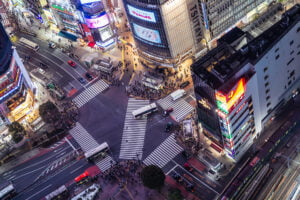
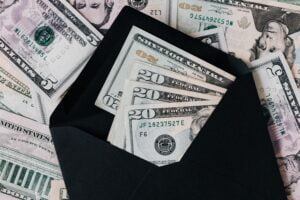


Pingback: Exploring Tokyo: Unveiling Top Attractions and Hidden Gems - airashijapan.com
Pingback: Omoide Yokocho: Tokyo’s Nostalgic Alley of Memories - airashijapan.com
Pingback: Akihabara Electric Town : Tech and Anime Haven - airashijapan.com
Pingback: Exploring Kagurazaka: A Tapestry of Tradition and Modernity in Tokyo - airashijapan.com
Pingback: Harajuku Japan: A Trendsetter’s Haven - airashijapan.com
Pingback: Navigating Tokyo Transportation efficiently - airashijapan.com
Pingback: Best Places to See Autumn Foliage in Tokyo - airashijapan.com
Pingback: Best Japan Travel Apps - airashijapan.com
Pingback: Harajuku St: Where Tokyo Street Photography Comes Alive - airashijapan.com
Pingback: Nikko Autumn: A Symphony of Colors - airashijapan.com